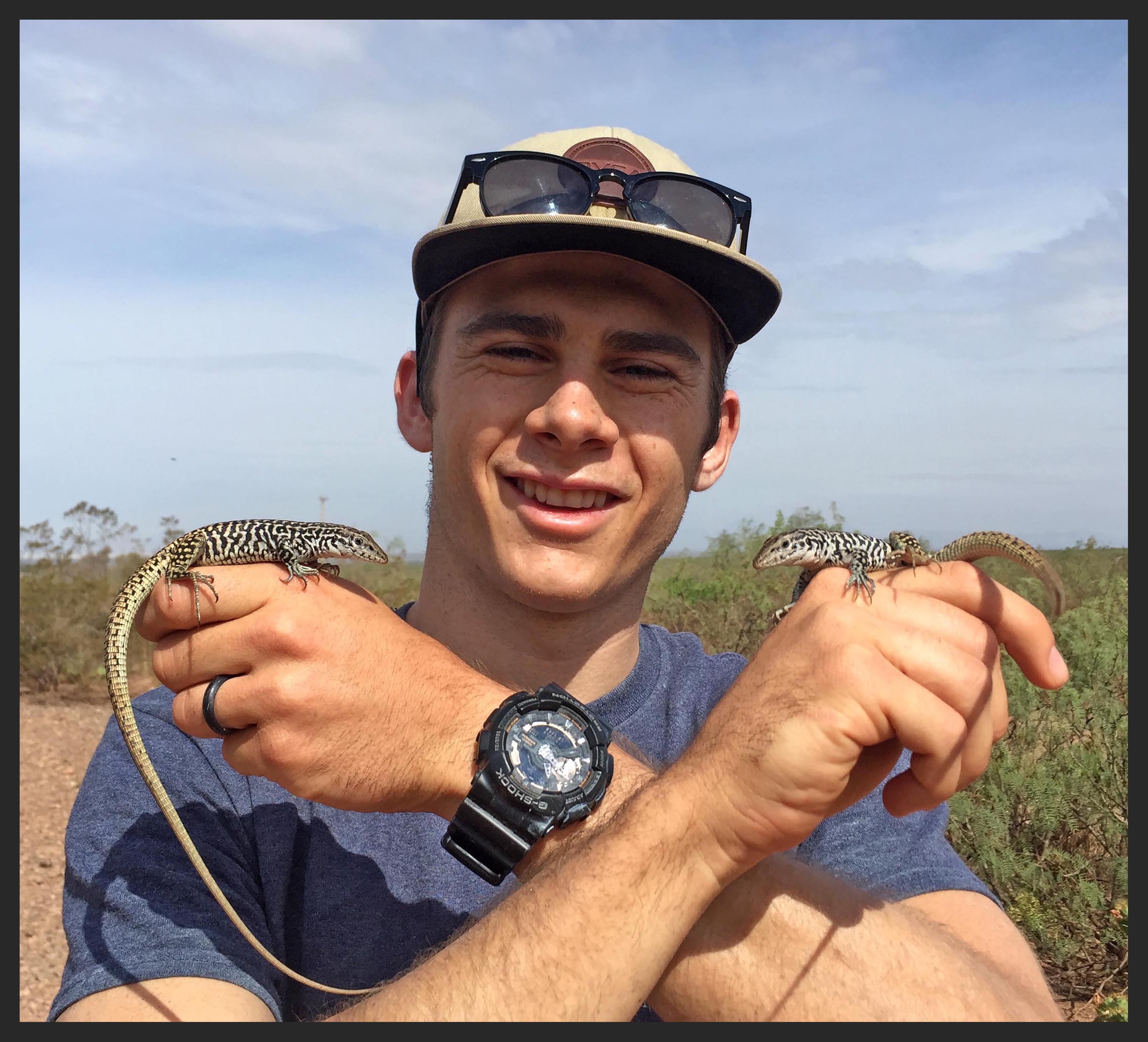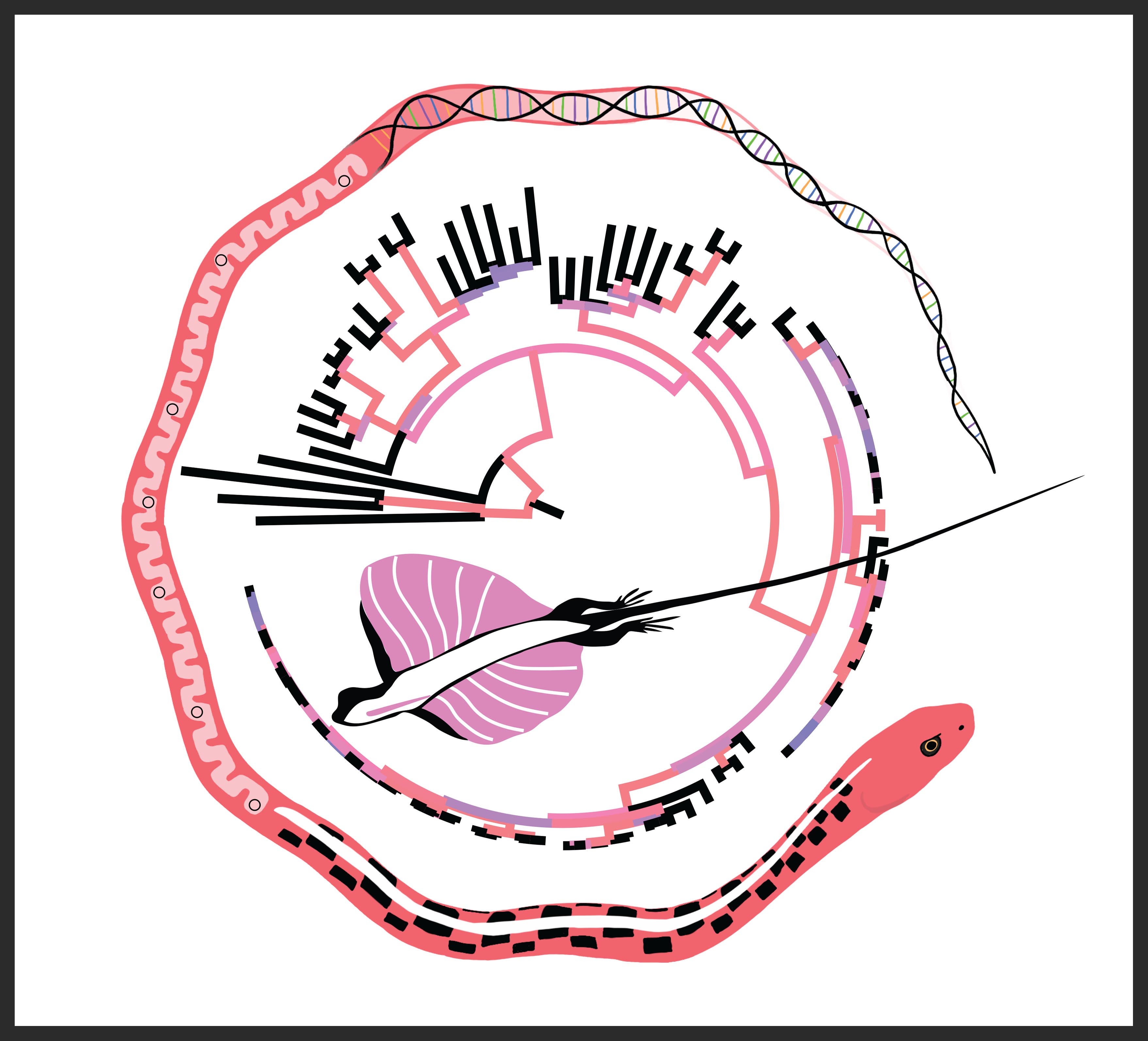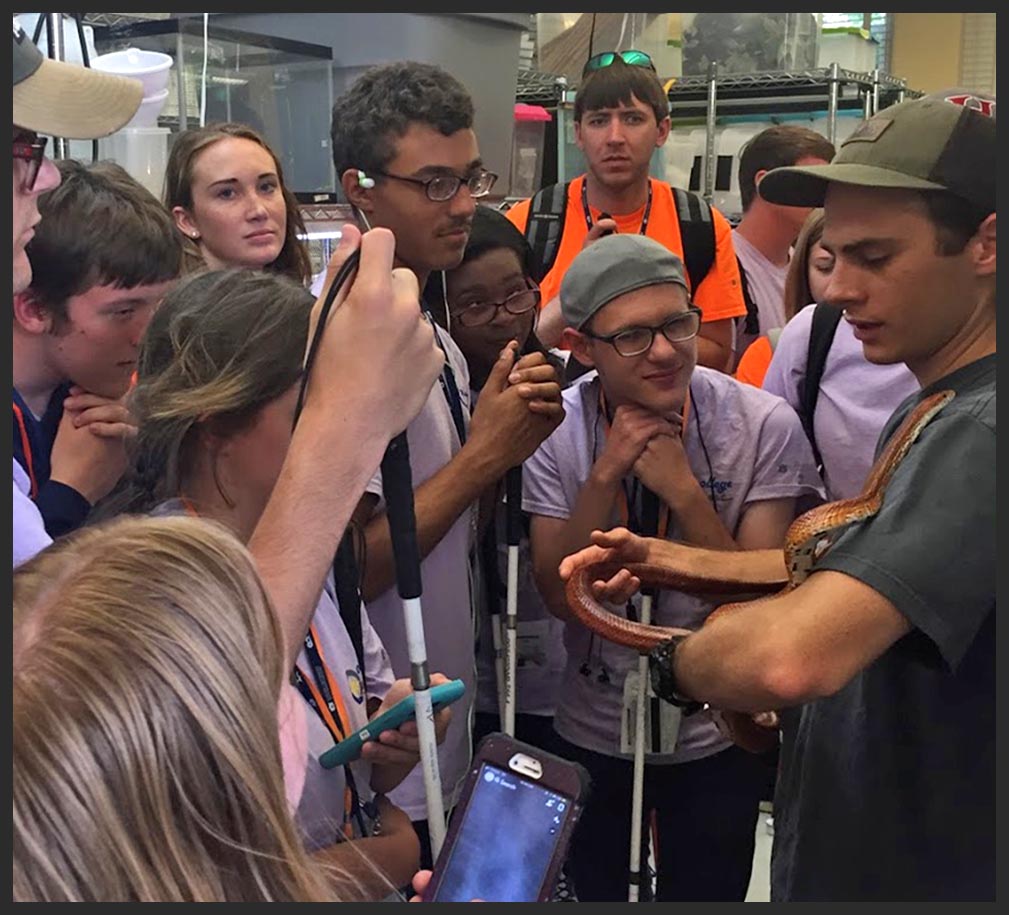About Me
I'm an assistant professor in the Biological Sciences Department and Center of Precision Medicine and Functional Genomics at Utah Tech University, and I am broadly interested in understanding patterns in nature using molecular genetics and bioinformatics. I use techniques in genomics, phylogenetics, and physiology to answer questions within these realms of biology. A few questions I'm currently interested in include (1) What are the consequences of asexual reproduction? (2) How do interactions between mitochondrial and nuclear genomes affect life history strategies? and (3) What factors drive biodiversification in species-rich areas? I mostly work in squamate reptile systems (because they are great models for these questions and based on their incredible species richness, local abundance, and phenotypic variation), but I am also interested in evolutionary questions better addressed using other systems. For more information on my lab's research, check out our website: KLab-ut.github.io. I teach classes in genetics, bioinformatics, and evolution. In addition to my life as a scientist, I also enjoy sports and spending time in the outdoors with my family. Please contact me with any questions you may have!
Graduate Research
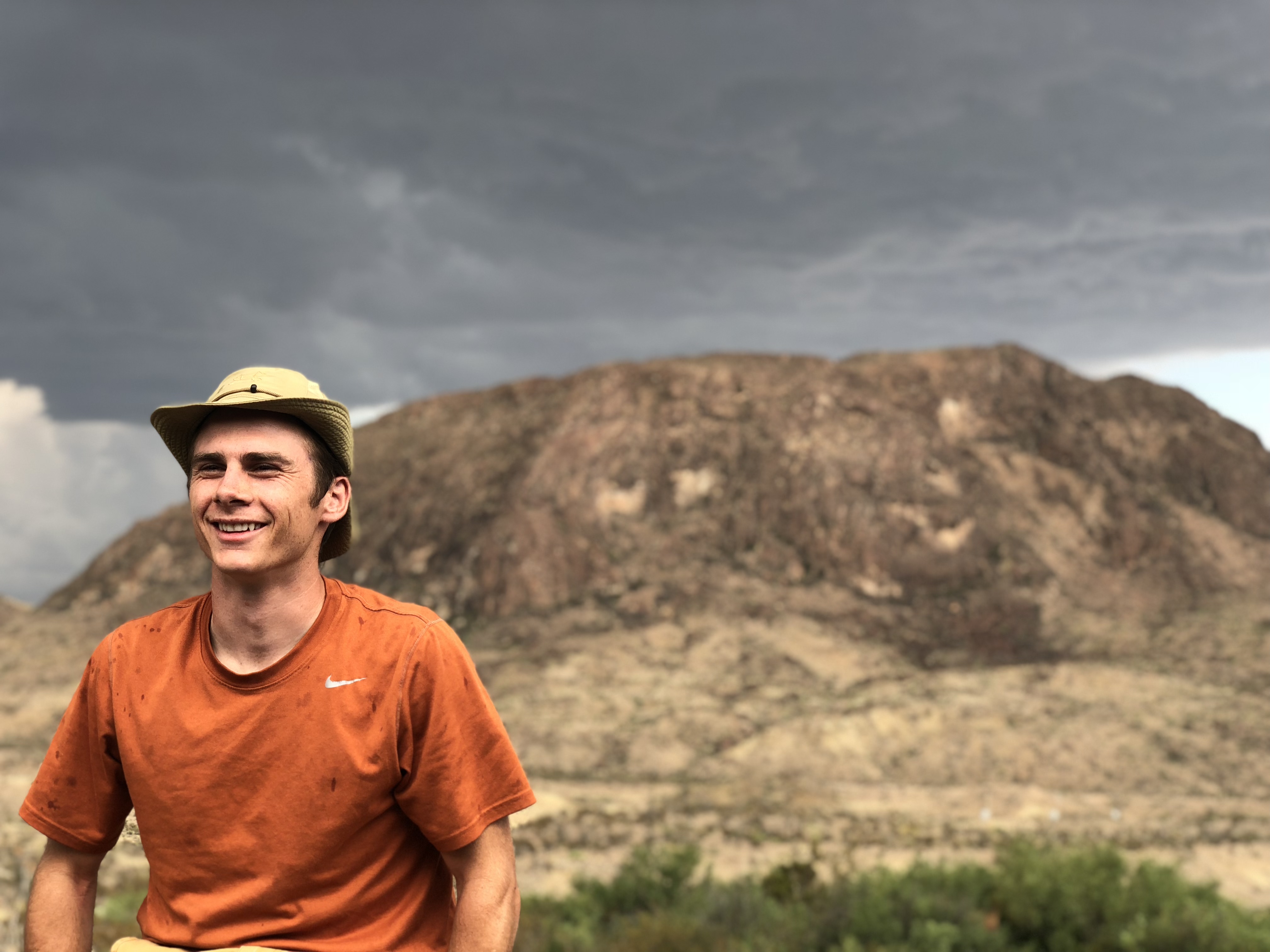
I obtained my Ph.D. at Auburn University while working in the labs of Dr. Tonia Schwartz and Dr. Jamie Oaks. During grad school, I became captivated by the coevolutionary relationship between mitochondrial and nuclear genomes. I developed great interest in the role sexual reproduction plays in maintaining a healthy mitonuclear marriage, and for my dissertation I examining the effects of parthenogenesis on mitochondrial dysfunction using physiological methods within a phylogenetic context. This central aim led me to the Southwestern United States, where I caught lizards (sexual and unisexual) which are used as a model for understanding consequences of asexual reproduction in the mitochondria (see Consequences of Asexual Reproduction). I also became interested in the role of mitonuclear ecology in life history divergence, which I investigated in a snake system with two unique ecotypes (see Life History Divergence). Lastly, I continued with my interest in using phylogenetics to understand the presence of and the processes that drive biodiversity (see Rivers and Lineage Boundaries).
Undergraduate Research
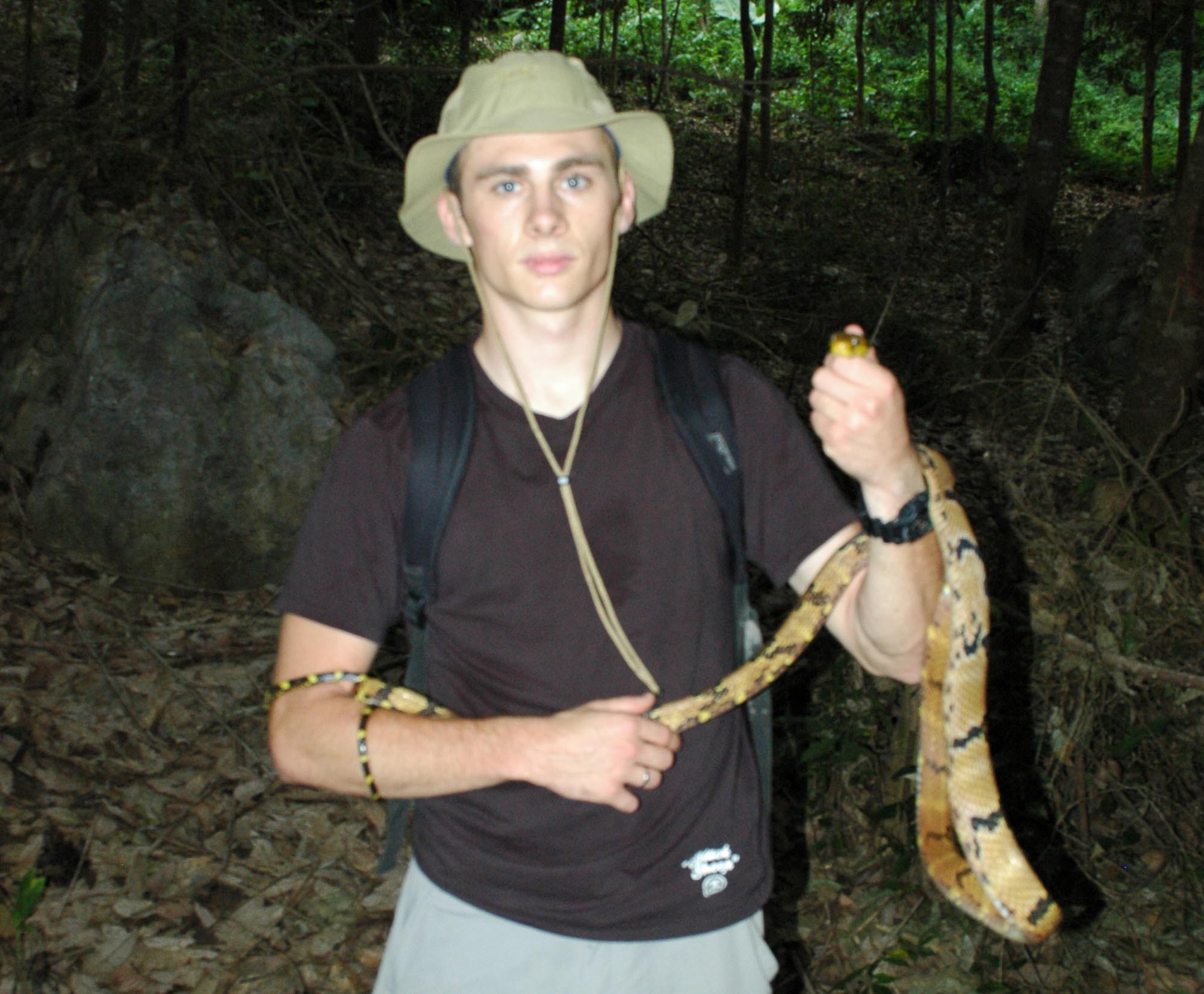
As an undergraduate at Brigham Young University, I worked in the labs of Dr. Jack Sites and Dr. Chad Hancock. During this time, I discovered a love for hypothesis-driven science. I worked on projects centering on mitochondrial bioenergetics in model rodents and phylogeography of herpetofauna in Central America and Southeast Asia. Within these opportunities I developed questions, collected and analyzed data, and made inferences regarding our findings. I am very grateful to Jack and Chad, and mentors Dr. Perry Lee "JR" Wood, Dr. John "Keoni" Kauwe, and Dr. Byron Adams for helping me cultivate a passion for evolutionary biology.
Early Life
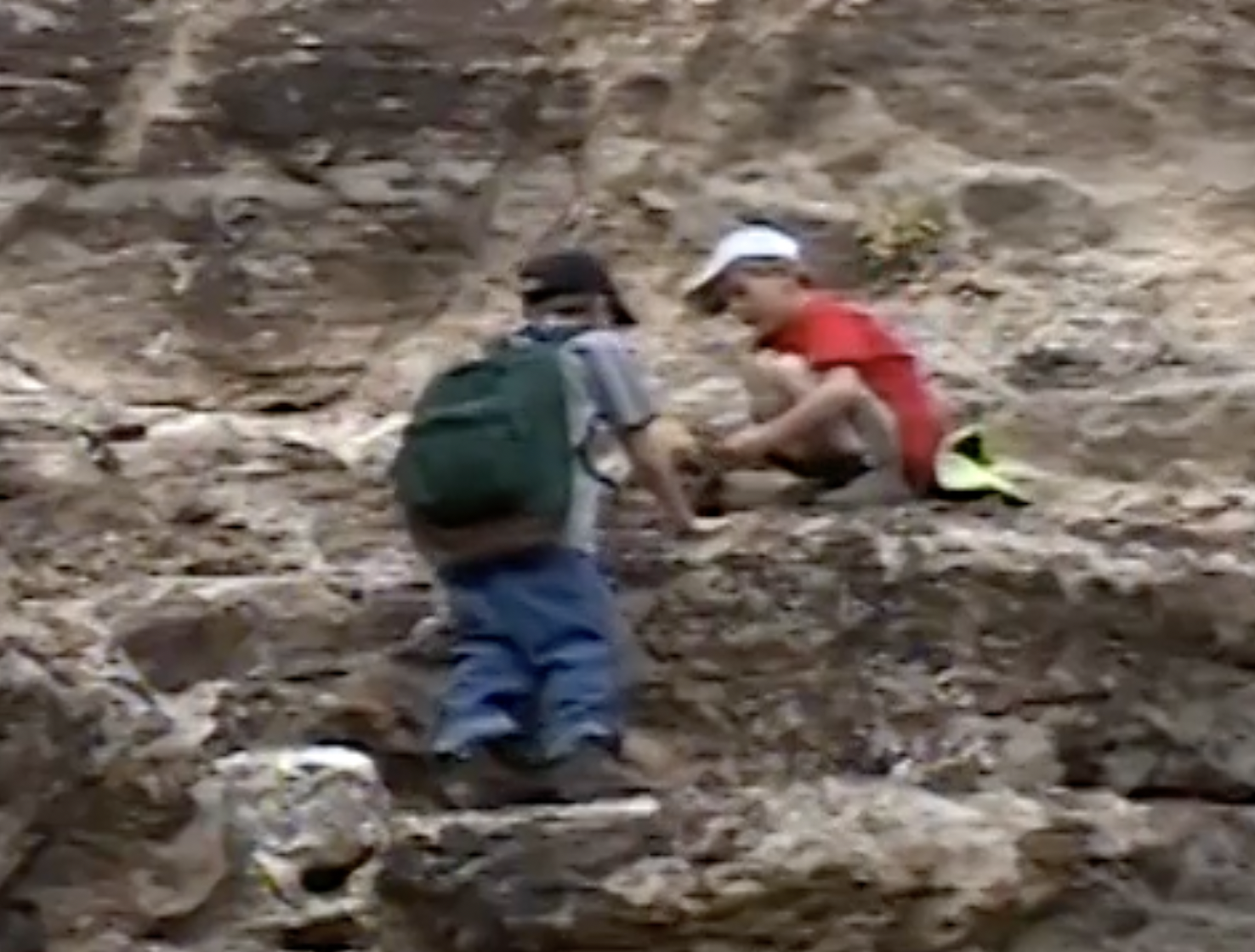
Growing up in the unforgiving Mojave Desert, one quickly learns of life’s struggle for existence. The persistence of animals in such an environment fascinated me, particularly the reptile biodiversity in the backyard of my childhood home. My brothers and I enjoyed spending time outside exploring, catching lizards, and digging up fossils.
